Crested geckos, native to the lush rainforests of New Caledonia, have become beloved pets worldwide for their docile nature and striking appearance. These arboreal reptiles evolved in a specific climate with consistent humidity levels that directly influence their overall health and wellbeing. In captivity, replicating these natural conditions becomes the responsibility of the keeper, with humidity being perhaps the most critical environmental factor to monitor and maintain. Proper humidity levels affect everything from a crested gecko’s skin condition to its respiratory health, hydration, and even its ability to shed properly. Understanding the relationship between humidity and crested gecko health is essential for providing optimal care and ensuring these fascinating reptiles thrive in captivity. This article explores the multifaceted role humidity plays in crested gecko health and provides practical guidance for maintaining appropriate moisture levels in their habitat.
Understanding Natural Habitat Conditions

Crested geckos (Correlophus ciliatus) originate from the tropical rainforests of New Caledonia, a small island in the South Pacific where the climate is characterized by moderate temperatures and high humidity levels. In their natural environment, these geckos experience humidity levels typically ranging from 60-80% throughout the day, with nighttime levels often reaching near-saturation points. The dense forest canopy creates a microclimate where moisture from daily rainfall is trapped and gradually released, maintaining this consistent humidity. This evolutionary backdrop explains why these reptiles have developed specific physiological mechanisms that rely on appropriate moisture levels. Understanding these natural conditions provides the foundation for recreating a suitable microclimate in captivity that supports the gecko’s inherent biological needs rather than forcing them to adapt to unsuitable environments.
The Science of Humidity and Reptile Physiology
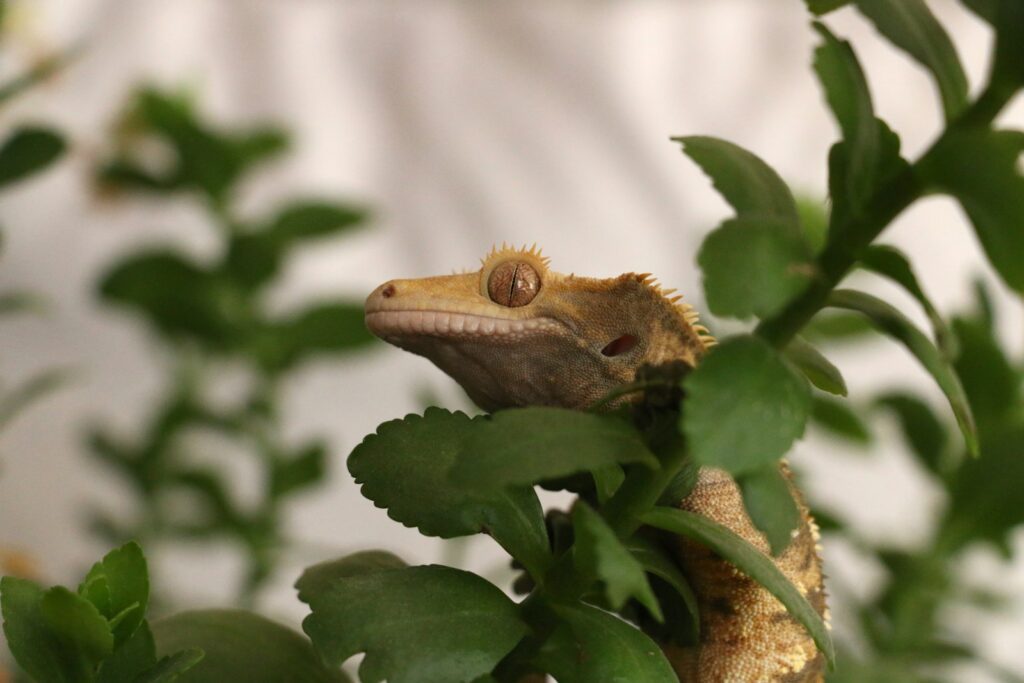
Humidity plays a crucial role in crested gecko physiology due to their permeable skin, which differs significantly from mammals with their protective fur or hair. Unlike humans who primarily lose moisture through respiration and sweating, crested geckos experience both water loss and absorption directly through their skin via a process called cutaneous respiration. This mechanism allows geckos to take in oxygen and release carbon dioxide partially through their skin, especially when humidity levels are appropriate. When the air is too dry, the rate of moisture loss accelerates, potentially leading to dehydration even when drinking water is readily available. Conversely, in properly humidified environments, crested geckos can maintain their hydration balance more effectively, supporting essential metabolic functions throughout their bodies. This direct relationship between ambient humidity and internal hydration status underscores why maintaining appropriate moisture levels is foundational to crested gecko health.
Optimal Humidity Ranges for Crested Geckos
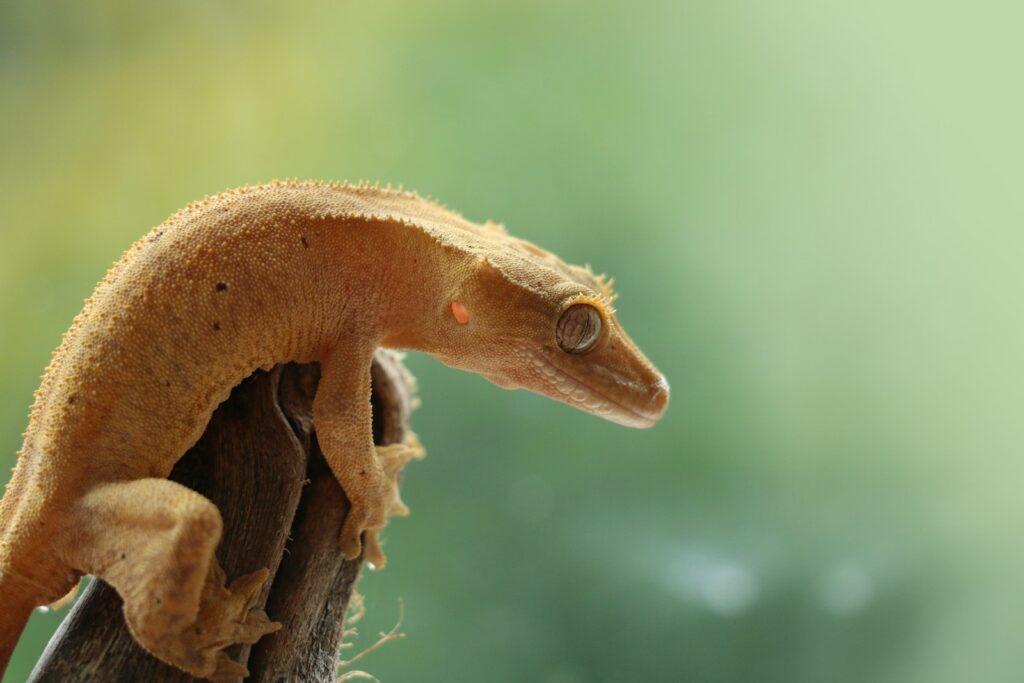
Creating the perfect humidity environment for crested geckos involves understanding the ideal ranges that support their health while avoiding extremes that could cause harm. Most experienced keepers and veterinarians recommend maintaining daytime humidity levels between 50-70%, with a temporary rise to 70-80% in the evening hours to mimic natural rainfall patterns. This daily fluctuation more accurately reflects conditions in their native habitat and supports their natural behaviors and physiological processes. It’s important to note that brief drops in humidity (down to 40-50%) during parts of the day are not necessarily harmful and can actually help prevent problematic conditions like constant moisture that may lead to bacterial or fungal growth. The key is to provide this natural humidity cycle rather than maintaining a static level, allowing for periods of higher moisture followed by gentle drying, creating a dynamic environment that supports respiratory health while preventing skin issues related to either excessive dryness or constant wetness.
Signs of Improper Humidity Levels
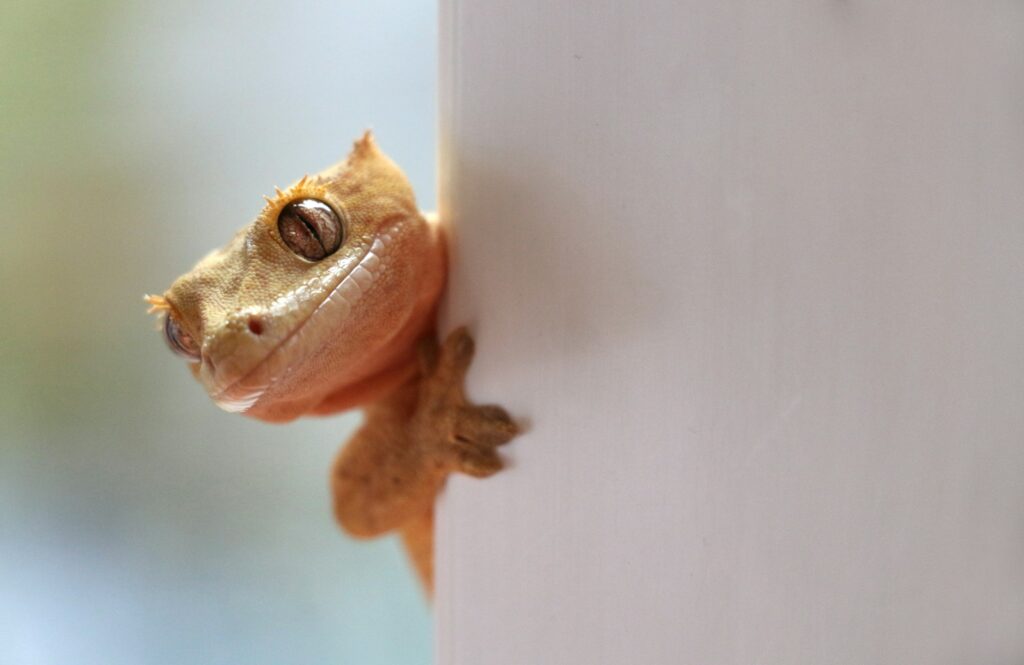
Recognizing the physical indicators of inappropriate humidity levels is crucial for proactive crested gecko care. When humidity is too low, geckos commonly develop stuck shed, particularly around the toes, tail tip, and crest, which can lead to constriction and tissue death if left untreated. Their skin may appear dull, wrinkled, or flaky, and they might display excessive licking of their eyes as they struggle to maintain moisture. Conversely, overly humid conditions without adequate ventilation or dry periods can manifest as respiratory infections, evidenced by wheezing, bubbling around the nose or mouth, or labored breathing with open-mouth gaping. Persistent high humidity may also contribute to skin infections, visible as discolored patches, unusual texture, or small wounds that don’t heal properly. Behavioral changes can be equally telling – geckos experiencing humidity stress might hide excessively, become unusually inactive, or show reduced interest in food as they divert energy to managing physiological challenges.
Humidity’s Impact on Shedding
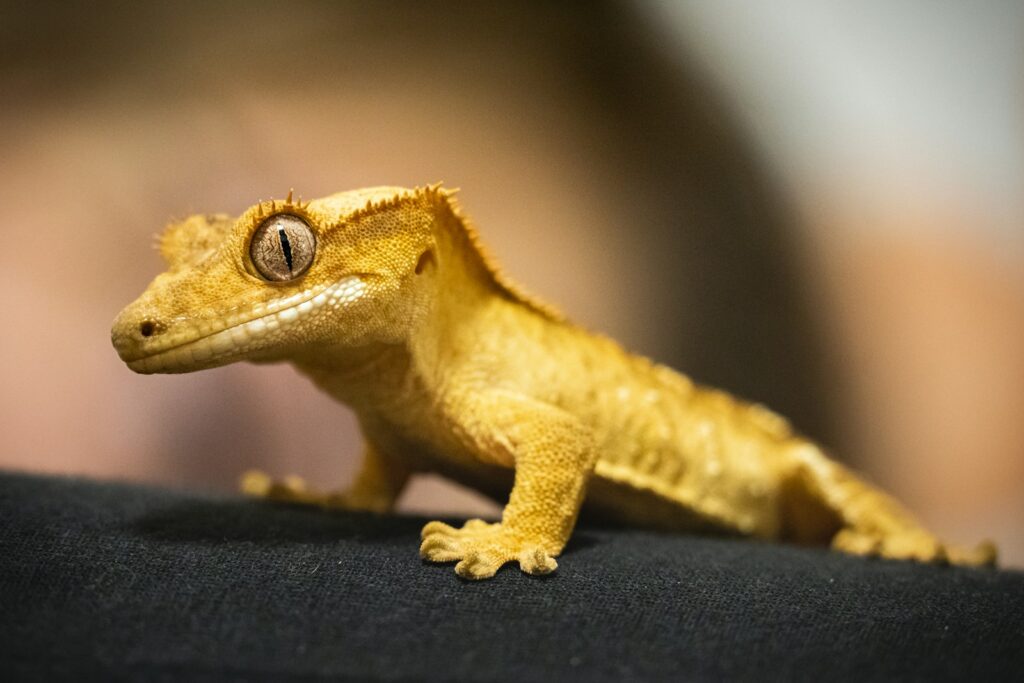
One of the most visible ways humidity affects crested gecko health is through the shedding process, known as ecdysis. Unlike mammals that continually shed small skin cells, crested geckos periodically shed their entire skin in one connected piece, a process that requires significant moisture to proceed safely. Proper humidity softens the connection between the old and new skin layers, allowing the old skin to separate and peel away smoothly without tearing or sticking. When humidity levels are insufficient, the old skin hardens and adheres to the new skin underneath, resulting in patches of retained shed that can cause serious complications, particularly around extremities where constriction may cut off blood flow. Many experienced keepers implement a “shed box” with dampened moss or paper towels to provide a localized high-humidity retreat that geckos can access when preparing to shed. The frequency of shedding—typically every 4-6 weeks for adults and more often for growing juveniles—makes maintaining appropriate humidity a recurring health concern throughout the gecko’s life.
Respiratory Health and Humidity Balance
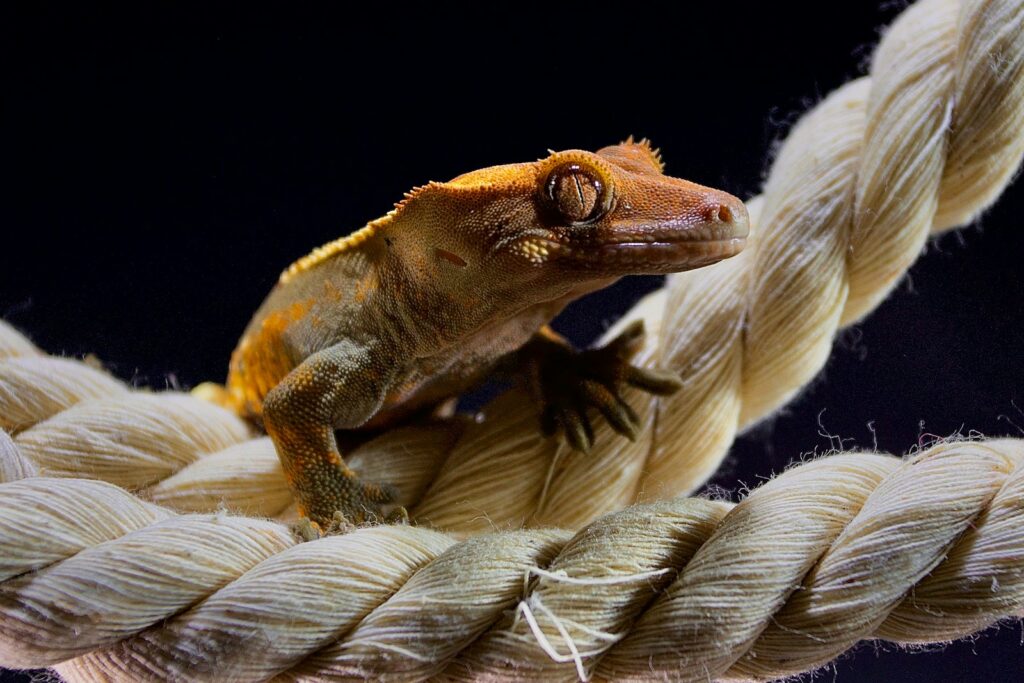
The respiratory system of crested geckos is remarkably sensitive to environmental moisture levels, with both extremes posing significant health risks. Chronically dry conditions can irritate and desiccate the delicate respiratory tissues, causing thickening of mucous membranes and increased susceptibility to infections. This dryness may lead to labored breathing or respiratory inflammation that compromises oxygen exchange. Conversely, excessive humidity, particularly when combined with poor ventilation, creates an environment where pathogenic bacteria and fungi thrive, potentially leading to respiratory infections that manifest as audible breathing, mucus bubbles around the nostrils, or open-mouth breathing. The respiratory vulnerability of crested geckos stems from their evolutionary adaptation to consistent humidity levels, making them less adaptable to wide fluctuations than some other reptile species. Providing proper humidity requires understanding this balance—offering enough moisture to support healthy respiratory function while ensuring adequate air circulation and periodic drying to prevent pathogen proliferation in the enclosure.
Hydration and Water Absorption
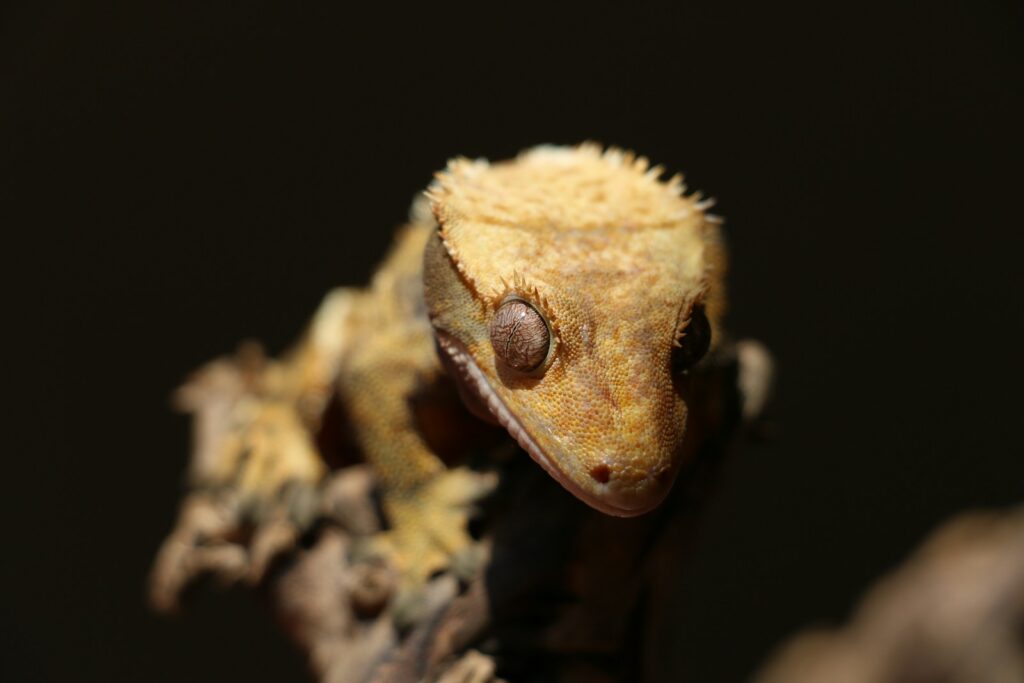
Crested geckos have evolved unique hydration strategies that directly connect to environmental humidity levels in fascinating ways. Beyond conventional drinking, these geckos can absorb significant moisture directly through their skin and by licking water droplets from their surroundings—adaptations perfectly suited to their naturally humid rainforest habitat. In captivity, proper humidity ensures that geckos can supplement their direct water consumption with these alternative hydration methods. When humidity is maintained at appropriate levels, small water droplets form on enclosure surfaces, plants, and decorations, providing ample opportunities for geckos to harvest moisture through licking behaviors that closely mimic their natural drinking patterns. This environmental water availability becomes particularly critical for juveniles or individuals that may not readily use water dishes. Additionally, proper humidity levels help prevent excessive moisture loss through the skin, maintaining internal hydration status more effectively than drinking water alone can accomplish, as geckos continuously exchange moisture with their environment through their permeable skin.
Seasonal Humidity Variations and Adjustments

Maintaining appropriate humidity for crested geckos often requires seasonal adjustments to compensate for changing household conditions throughout the year. During winter months in many regions, home heating systems significantly reduce ambient humidity, potentially dropping enclosure moisture to dangerous levels without intervention. This season typically requires more frequent misting, longer-lasting humidity sources like larger water dishes or automated misting systems, and potentially covering portions of screen tops to retain moisture. Conversely, summer months in humid climates might create the opposite challenge, with naturally high household humidity requiring enhanced ventilation to prevent problematic conditions. Seasonal adjustment strategies might include modifying misting schedules, changing the ratio of ventilated to solid enclosure surfaces, or relocating the habitat away from areas with extreme conditions like heating vents or air conditioners. These adaptations acknowledge that maintaining proper humidity is not a static practice but rather a dynamic process that responds to both the natural environment and artificial climate control systems in the home.
Humidity Measurement and Monitoring Tools
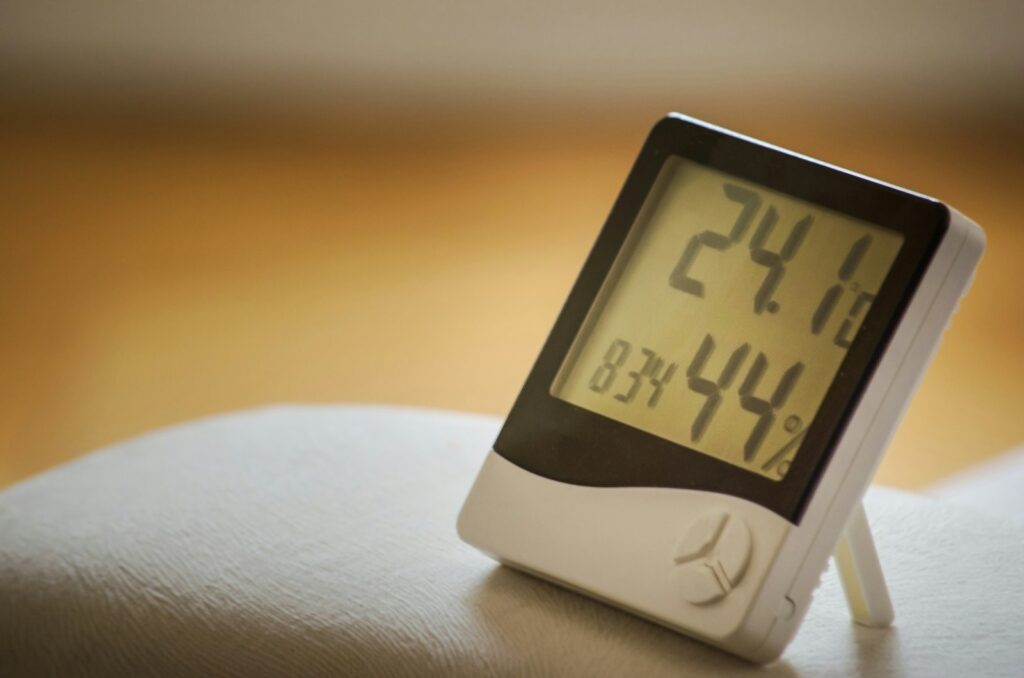
Accurate humidity monitoring forms the foundation of proper crested gecko care, requiring reliable tools and consistent checking practices. Digital hygrometers provide the most accurate readings and often include features like min/max recording that help keepers track humidity fluctuations throughout the day and night. For maximum accuracy, placing multiple hygrometers at different heights in the enclosure reveals the vertical humidity gradient that naturally forms, with higher moisture levels typically at the bottom and drier conditions near the top. This understanding helps ensure that appropriate microenvironments exist within the habitat for different behaviors and needs. Calibration remains essential for meaningful readings—even quality hygrometers can drift in accuracy over time, potentially misrepresenting actual conditions by 10% or more. Simple calibration methods, such as the wet salt test (which creates a reliable 75% humidity environment in a sealed container), allow keepers to verify and adjust their instruments periodically. The investment in proper humidity monitoring pays dividends in preventative health care, as it allows keepers to identify and correct potentially harmful conditions before they manifest as health problems.
Misting Techniques and Best Practices
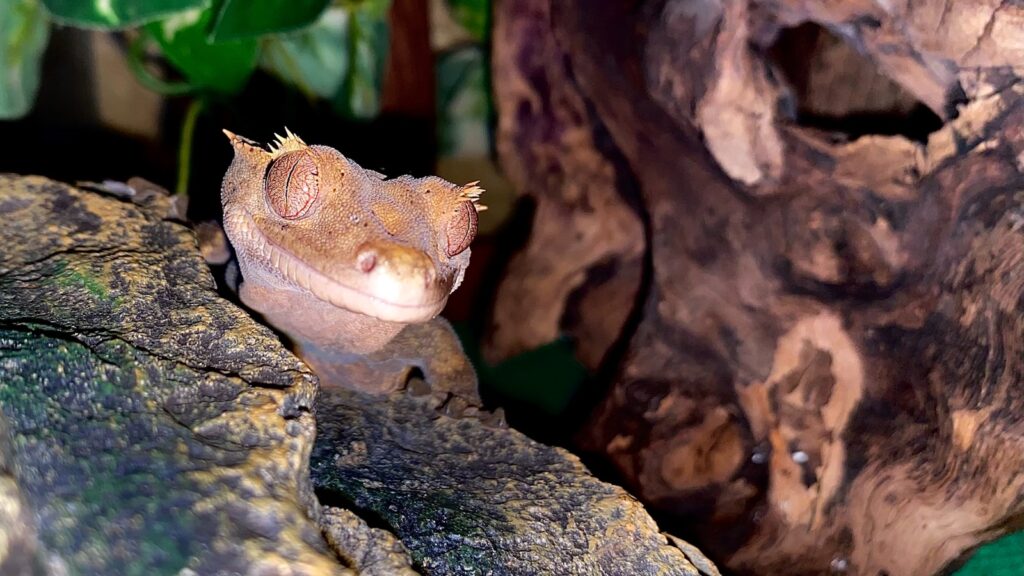
Effective misting techniques go beyond simply spraying water into the enclosure, involving careful consideration of timing, coverage, and method to create optimal humidity conditions. Most experienced keepers recommend misting crested gecko enclosures thoroughly 1-2 times daily, with the evening misting being particularly important as it coincides with the gecko’s natural active period and drinking behaviors. The goal should be to dampen surfaces throughout the habitat without creating pooling water, allowing for gradual evaporation that maintains humidity for several hours. Handheld spray bottles with adjustable nozzles provide good control for smaller setups, while automated misting systems offer consistency and convenience for multiple enclosures or during keeper absences. When misting, special attention should be paid to creating water droplets on plants, branches, and enclosure walls where geckos can access them for drinking, rather than just increasing ambient moisture. Temperature of the misting water also matters—room temperature or slightly warm water prevents shocking the gecko with cold spray, particularly important during evening hours when they’re most likely to be active and exposed.
Bioactive Setups and Natural Humidity Regulation
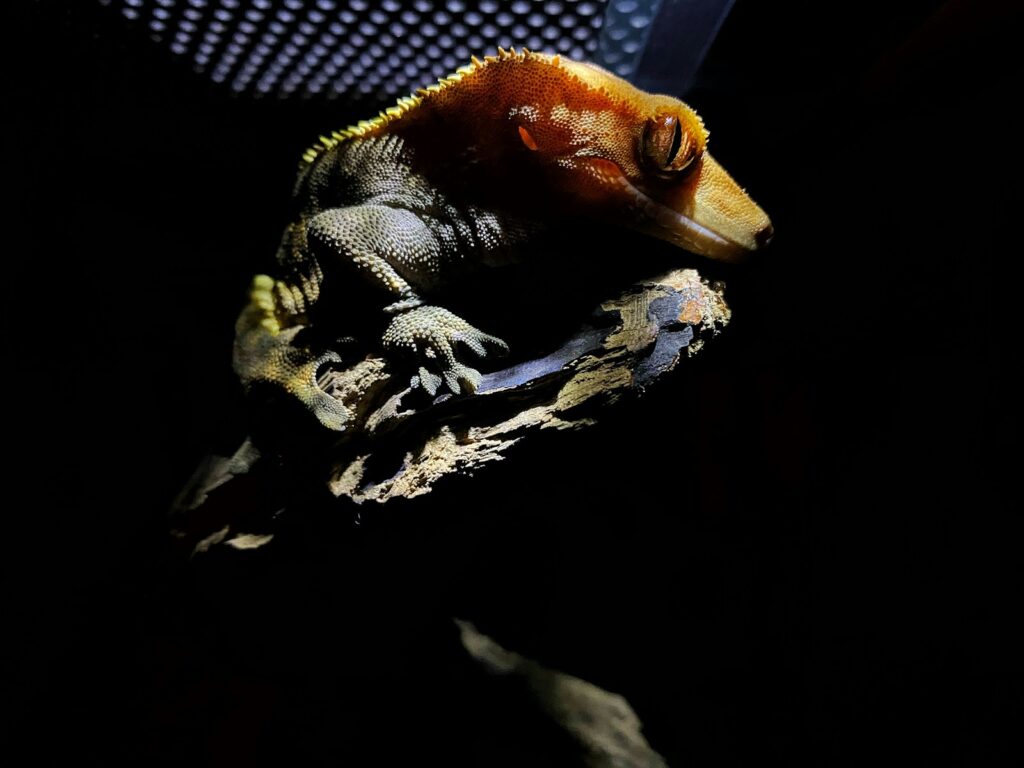
Bioactive enclosures represent the gold standard for natural humidity management in crested gecko habitats, creating self-regulating ecosystems that maintain appropriate moisture levels with minimal intervention. These setups feature a living substrate layer populated with beneficial microorganisms, isopods, and springtails that break down waste while aerating the soil, preventing anaerobic conditions that could promote harmful bacteria. Live plants in bioactive setups play a crucial role in humidity regulation through transpiration, releasing moisture into the air naturally throughout the day and creating a more stable humidity profile than misting alone can achieve. The substantial soil layer in bioactive enclosures acts as a moisture reservoir, absorbing excess water during misting and gradually releasing it through evaporation, effectively buffering against rapid humidity fluctuations. While requiring more initial investment in time and materials, properly established bioactive habitats ultimately reduce maintenance demands while providing enrichment through natural foraging opportunities and variable microclimates that allow geckos to self-regulate their exposure to moisture based on their physiological needs.
Humidity and Breeding Considerations
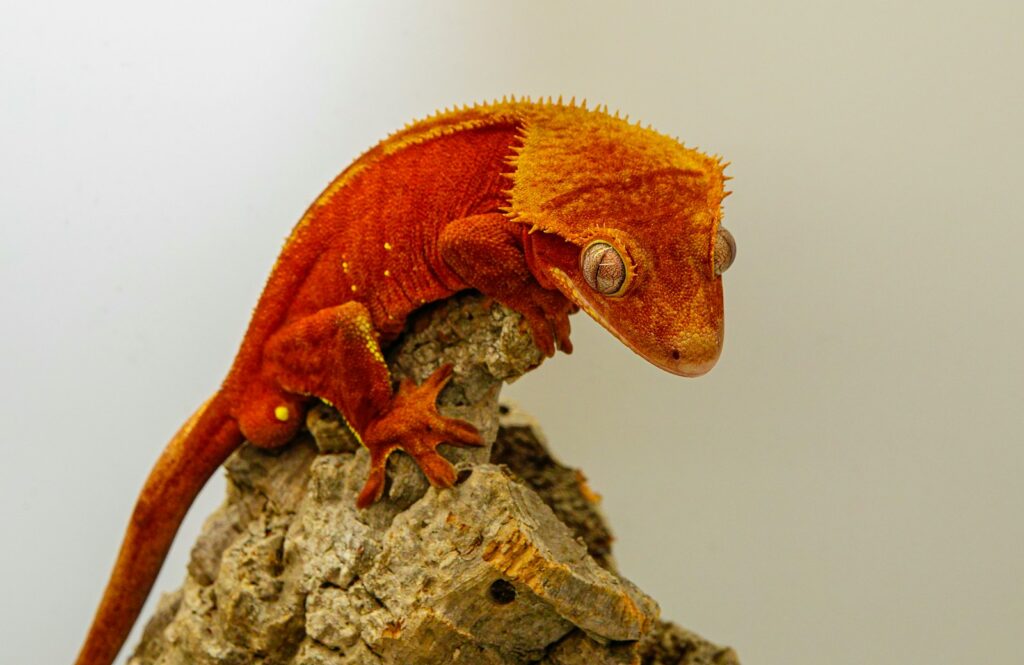
Humidity plays a particularly vital role in successful crested gecko breeding, influencing everything from reproductive behavior to egg viability. Many breeders report increased breeding activity following heavy misting sessions that simulate the rainy periods that would naturally trigger reproductive behaviors in wild populations. For females, proper humidity is essential during egg development and laying, as dehydration can lead to egg binding or the production of eggs with insufficient moisture content, potentially resulting in embryonic death. Once laid, crested gecko eggs are extremely sensitive to their incubation environment, requiring stable humidity levels between 70-80% to prevent fatal desiccation while avoiding excess moisture that could promote fungal growth. The permeable shells of reptile eggs allow for gas and moisture exchange with the environment, making appropriate humidity during the 60-90 day incubation period absolutely critical for successful hatching. Breeders must carefully balance these humidity requirements while monitoring for condensation within incubation containers, which can be detrimental if water droplets form directly on the eggs.
Common Humidity-Related Health Problems
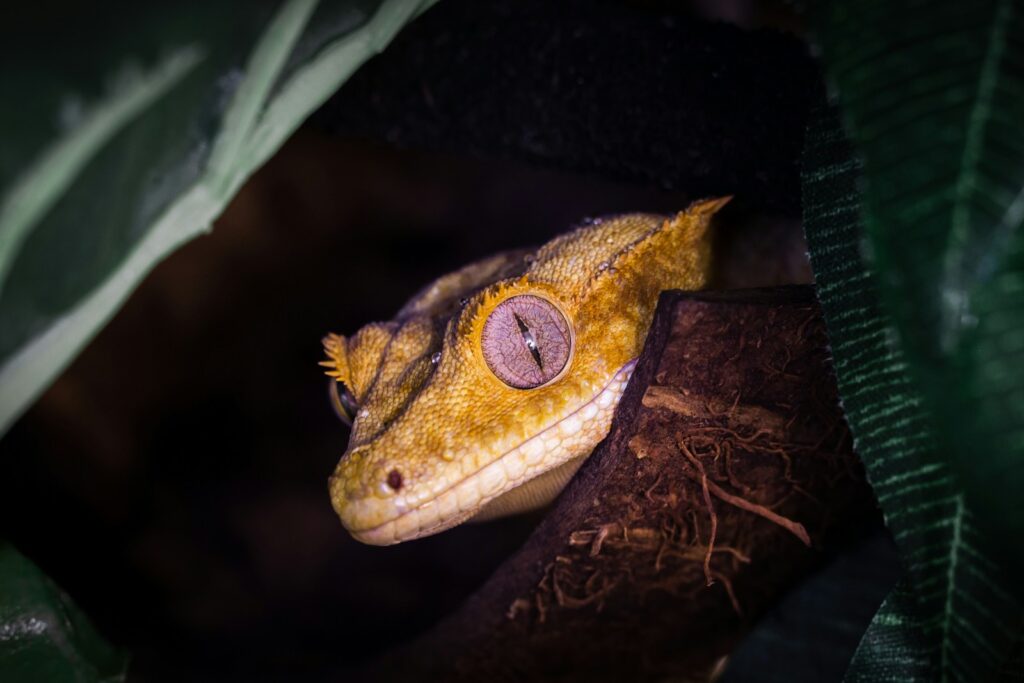
Several significant health conditions in crested geckos can be directly traced to inappropriate humidity management in their captive environment. Chronic dehydration from insufficient humidity manifests as lethargy, sunken eyes, skin tenting (where pinched skin returns slowly to normal), and in advanced cases, organ dysfunction affecting the kidneys. Dysecdysis (abnormal shedding) occurs when humidity is too low during the shedding process, potentially resulting in constriction injuries where retained shed around toes or tail tips cuts off circulation, potentially necessitating amputation in severe cases. At the other extreme, scale rot develops in persistently wet conditions where bacteria infiltrate damaged skin, creating discolored, swollen areas that may progress to tissue necrosis without treatment. Respiratory infections flourish in overly humid environments with poor ventilation, causing symptoms like wheezing, nasal discharge, and open-mouth breathing that require veterinary intervention with appropriate antibiotics. Many experienced veterinarians note that the majority of health issues they treat in crested geckos can be traced to environmental humidity problems, either too high or too low, making this aspect of husbandry particularly critical for preventative health care.
Enclosure Design for Optimal Humidity Control
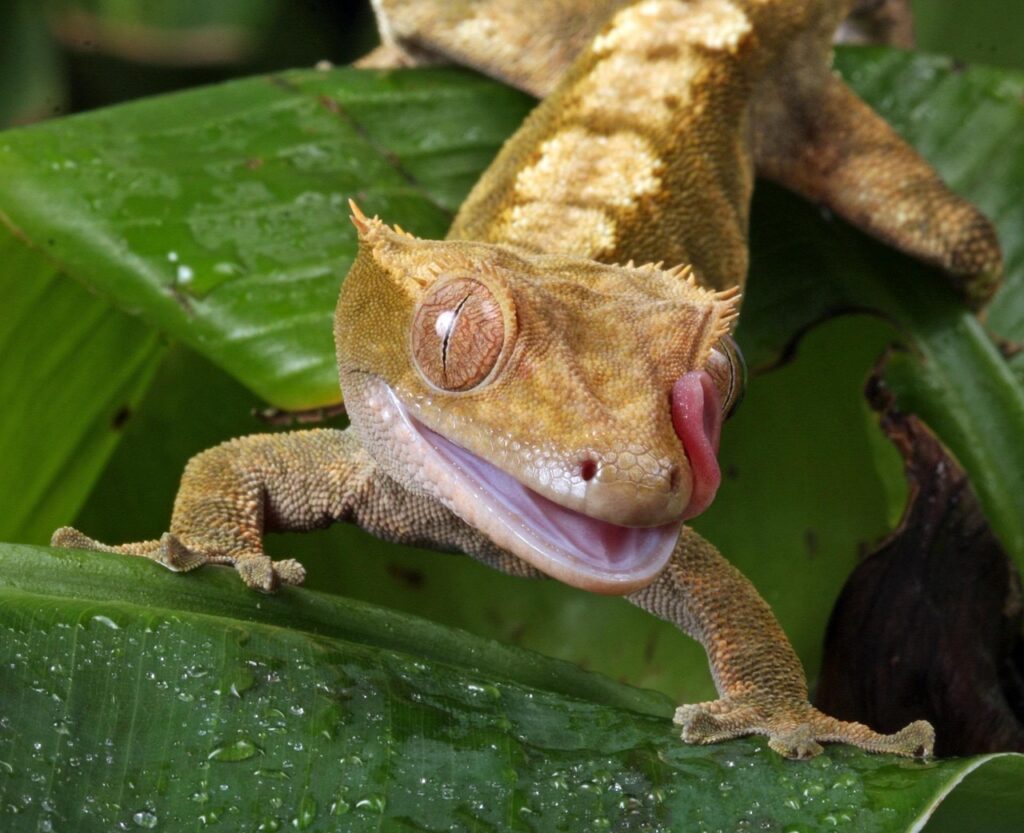
Thoughtful enclosure design creates the foundation for successful humidity management in crested gecko habitats, balancing moisture retention with necessary ventilation. The container material significantly impacts humidity control—glass enclosures retain moisture well but require adequate ventilation, while screen-heavy terrariums provide excellent airflow but struggle to maintain humidity without modifications. Many experienced keepers prefer front-opening terrariums with partial screen tops, allowing customization of the ventilated area by covering portions of the screen during drier periods. Vertical orientation is preferable for arboreal crested geckos, creating natural humidity gradients with higher moisture levels at the bottom and drier areas at the top, allowing geckos to self-regulate their moisture exposure. Strategic decoration placement enhances humidity management, with cork rounds, plants, and other porous materials absorbing water during misting and releasing it gradually. Multiple water sources—including a water dish, regular misting, and drip systems—create redundancy in moisture availability while accommodating different drinking preferences. Additionally, appropriate substrate selection, such as coconut coir, cypress mulch, or bioactive soil mixtures, provides significant moisture-holding capacity without becoming waterlogged, creating a natural humidity buffer at the enclosure floor.
Seasonal Breeding and Humidity Cycles
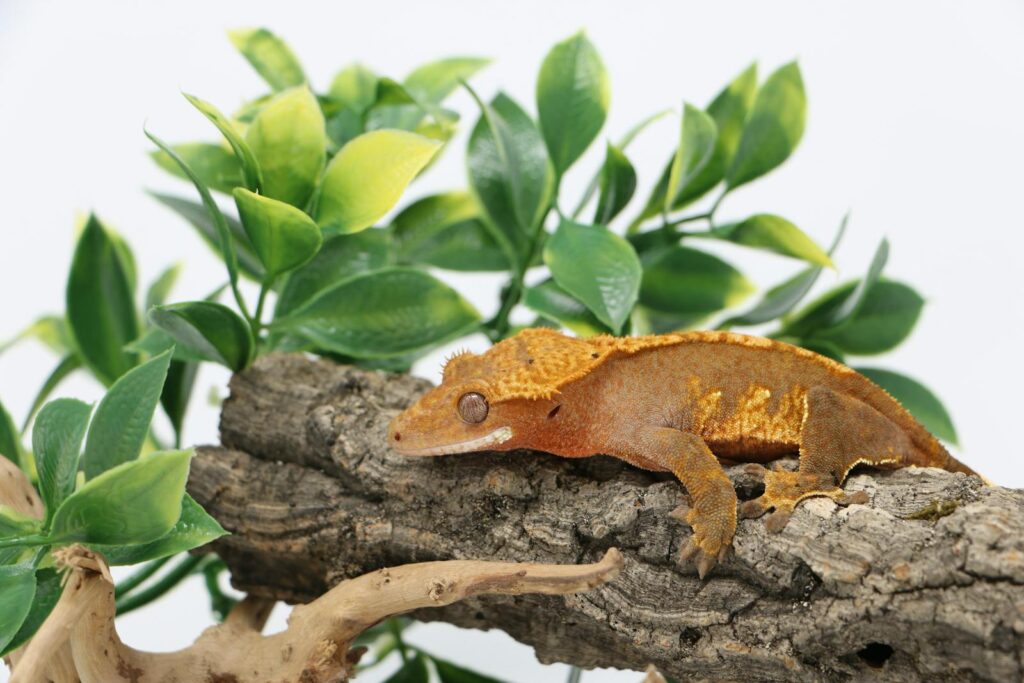
In their natural habitat, crested geckos experience seasonal variations in humidity that significantly influence their reproductive cycles, a pattern that thoughtful captive keepers can replicate to promote natural behaviors and health. New Caledonia experiences slightly drier winter periods followed by more humid summer months, creating natural reproductive cues that captive management can mimic. Some advanced breeders implement a subtle dry season from May through August (in the Northern Hemisphere) with slightly reduced humidity (45-60% rather than 60-80%) and corresponding temperature adjustments, followed by a gradual transition to higher humidity levels that simulate the onset of the natural breeding season. This cycling appears to trigger natural hormonal responses, potentially improving reproductive success and overall breeding vigor in captive colonies. While not strictly necessary for casual keepers, understanding these natural cycles helps explain the evolutionary adaptations of crested geckos to variable humidity conditions. Even non-breeding pets may benefit from subtle seasonal variations that more closely match their biological expectations rather than maintaining perfectly static conditions year-round that rarely occur in nature.
The role of humidity in crested gecko health extends far beyond basic comfort, fundamentally influencing nearly every physiological process these unique reptiles experience. From proper shedding and respiratory function to hydration and successful reproduction, appropriate moisture levels create the foundation for thriving crested geckos in captivity. The most successful keepers recognize that humidity management is not about maintaining static conditions but rather creating dynamic environments that mimic natural cycles—allowing for daily fluctuations, seasonal adjustments, and microclimate variations within





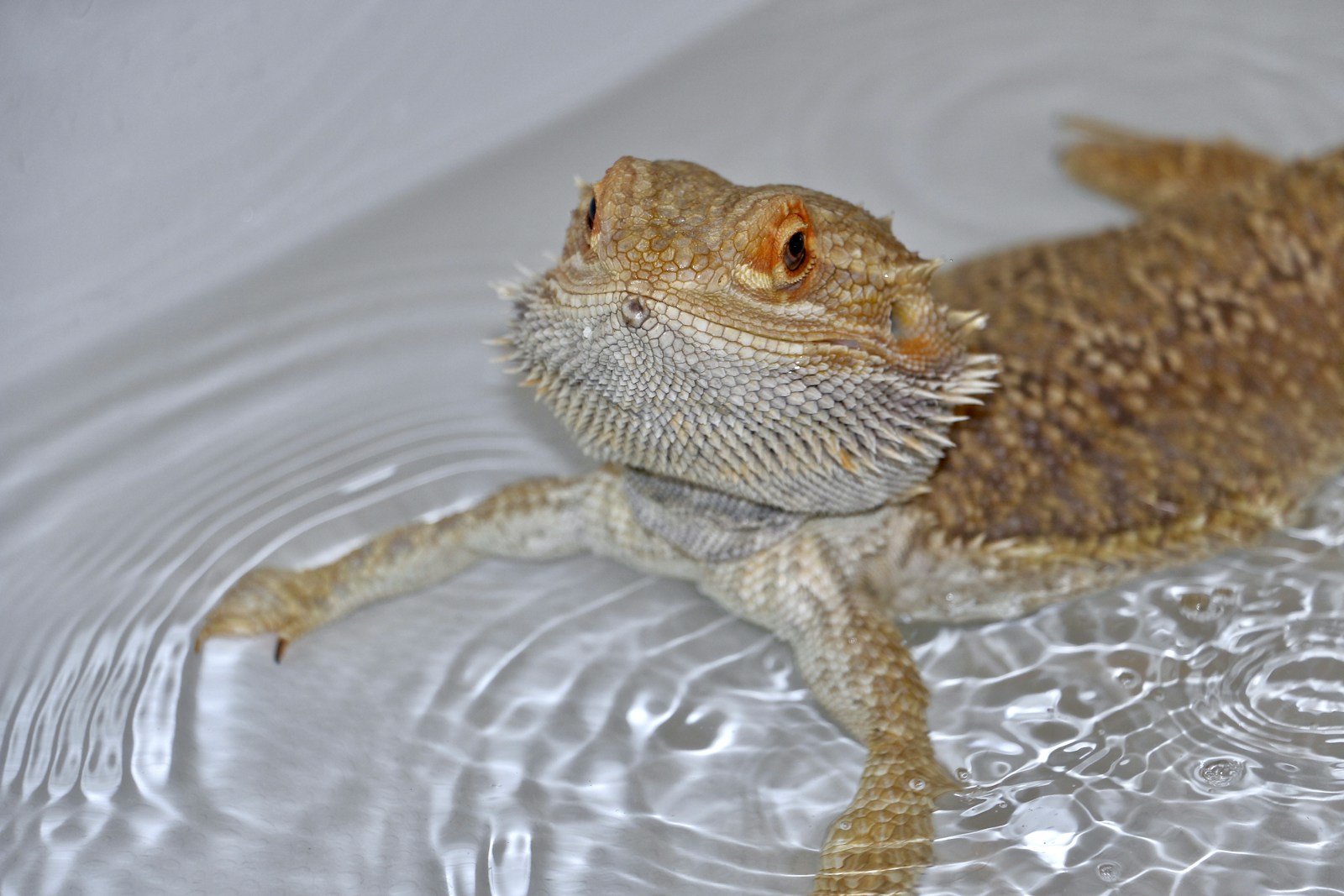
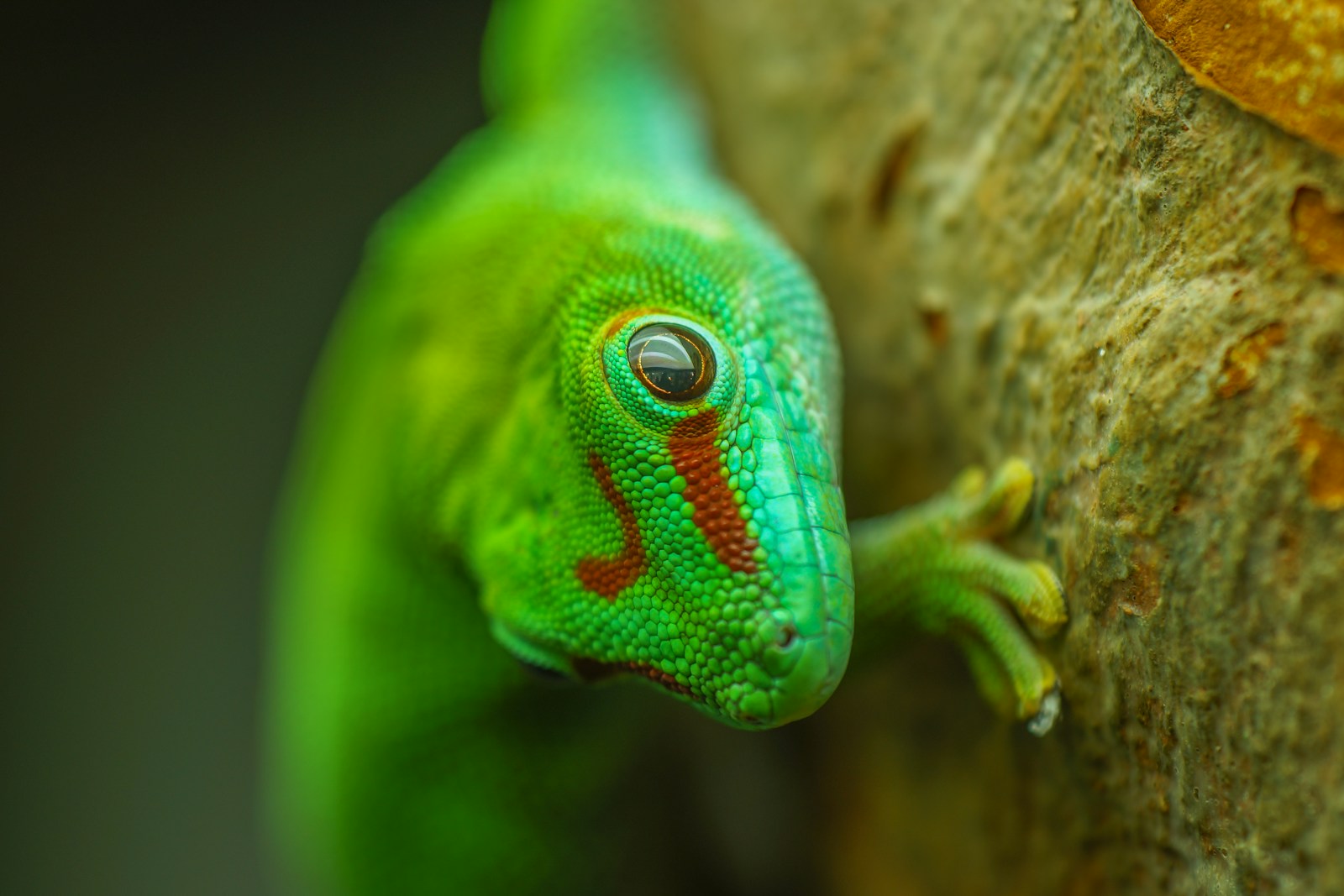
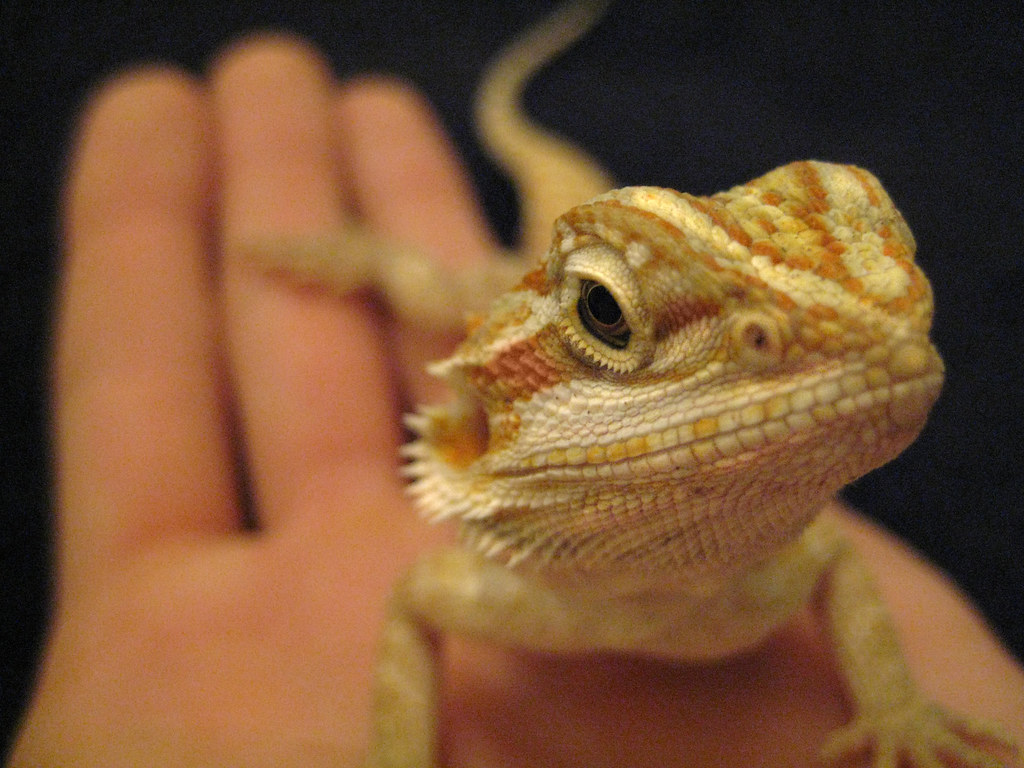
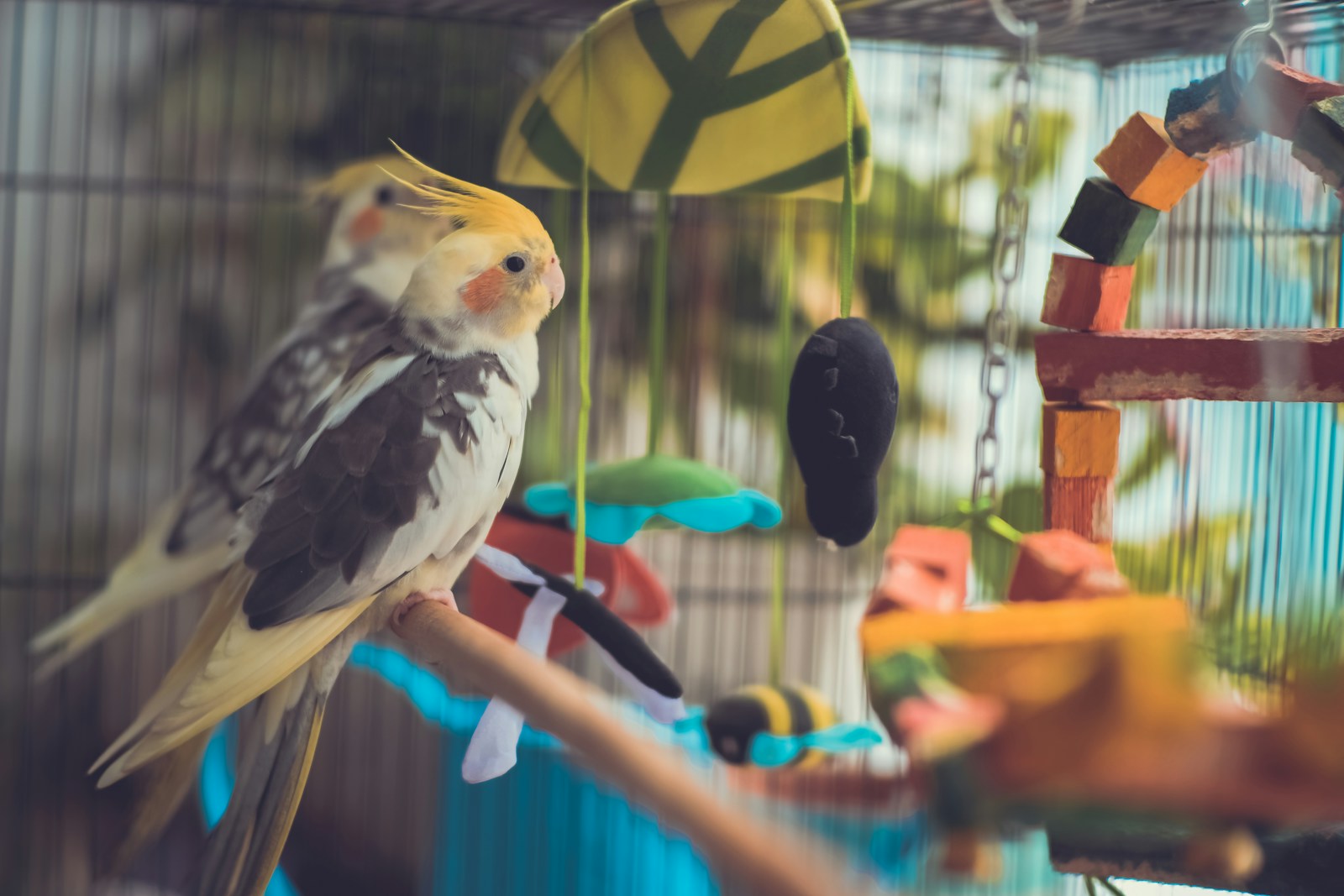

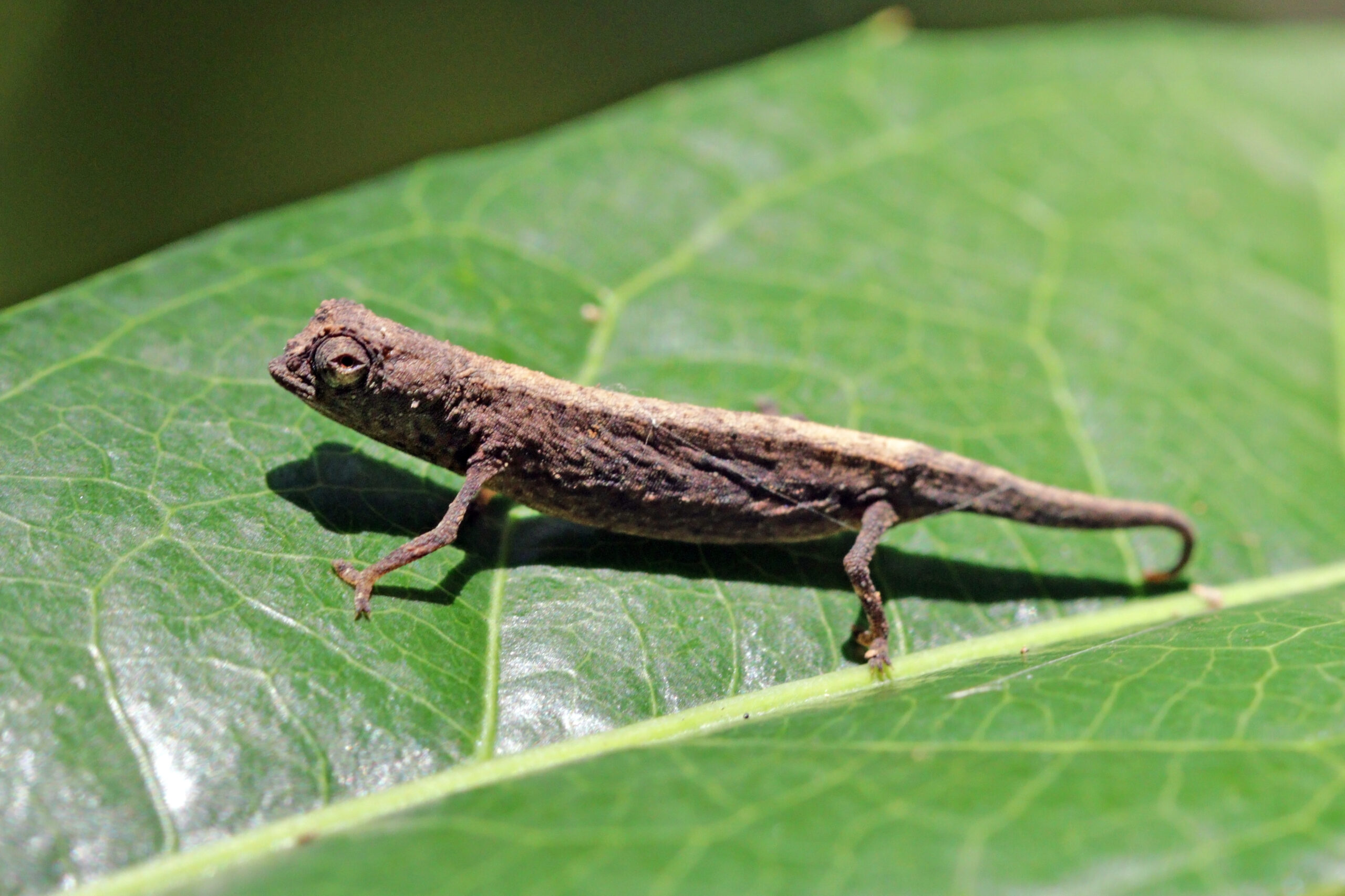





Leave a Reply